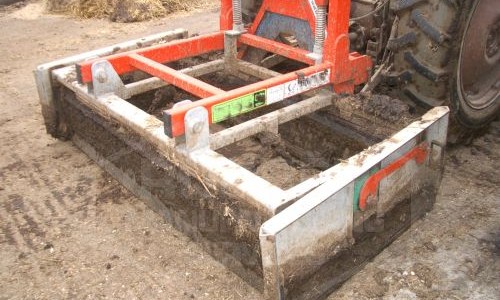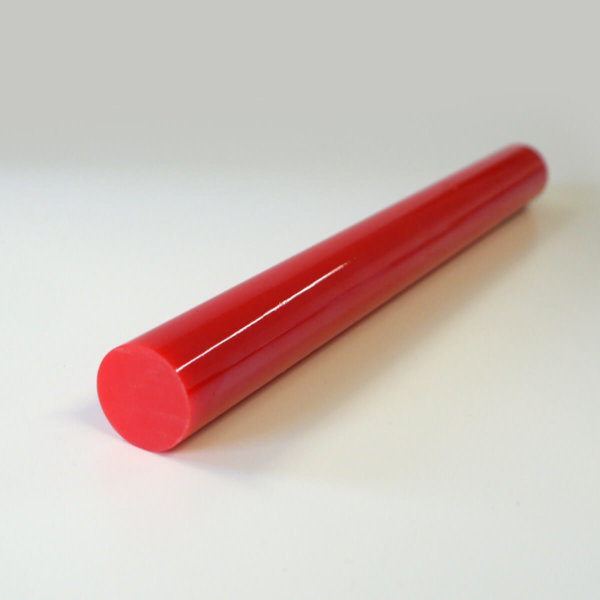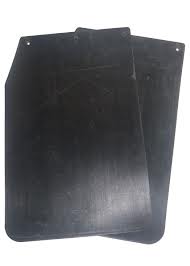Inert, durable, tough and versatile, polyurethane is frequently the material of choice for anything from insulation to carpet. One of a new generation of advanced compounds, its complex and varied chemistry is what underpins its utility. Here we take a look at the characteristics, chemistry and applications of polyurethane. In particular, we focus on why it’s such a useful compound when it comes to building and construction uses.
The chemistry of polyurethane
Polyurethane is a complex compound which consists of two main ingredients: di-isocyanates and polyols. Polyols are organic compounds which are notable for the number of hydroxyl molecules which they possess. It is these which react with the di-isocyanates to give polyurethane. Di-isocyanates are synthetic compounds which are manufactured specifically to react with polyols for the production of polyurethane. There are several different types of di-isocyanate, which react with polyols to create numerous polyurethane variations. It is the type of polyol and di-isocyanate, along with the proportions which are used, that help to determine the end characteristics which the polyurethane will have. For example, longer chain polyols with fewer cross-linkages will give a stretchier, more bendable product. Conversely, shorter chain polyols with a greater number of cross-linkages will combine to form a more rigid structure.
Related article: Quality polyurethane sheet – A complete buyer’s guide
The characteristics of polyurethane
There are several types of polyurethane, each of which has slightly different characteristics. In general, though, you can expect polyurethane to have the following qualities:
Inert
During the production process, there is a period during which the compound is toxic, due to the chemical reactions which take place. Although concerns were raised regarding the toxicity of polyurethane some years ago, rigorous investigation has subsequently shown that, provided all the components have fully reacted, polyurethane is inert and non-toxic.
Fire retardant
Depending on what compounds are used in the creation of the finished product, polyurethane is a fire retardant material. This characteristic is extremely valuable for any material that’s used in interiors, which explains why polyurethane is a popular choice for furniture, carpets and soft furnishings.
An insulator
Polyurethane is a natural insulator. This not only makes it a great option for thermal and acoustic insulation, but it is also an important safety feature when considering electrical insulation.
Rustproof
The compound is impermeable to water and doesn’t react with it. This is an important benefit when it comes to many different construction purposes.
Elasticity
Depending on the nature of the polyurethane, its degree of stretchiness varies. That said, it’s the ability to “bounce back” after compression that makes it such a useful cushioning or shock absorption material.
Capable of being transformed through the use of additives
Polyurethane is able to acquire more properties through the addition of various other substances. This leads to a range of specialist polyurethane products such as spray foam, firm polyurethane to replace fibreglass, a variety of resins and related products.
Also read: 8 Polyurethane products you use regularly
How is polyurethane used in the construction industry?
Because fresh products are frequently brought onto the market, the role of polyurethane continues to diversify as time goes on. Some of the most popular uses for the compound are:
Insulation
The polyurethane is mixed with chemicals which become rigid once exposed to air. Sprayed into roofs, wall cavities and similar, the foam hardens to form a water-resistant, tough, thermal shield that offers excellent insulation in both commercial and domestic properties.
Related article: Unusual Polyurethane Products
Binders and adhesives
Polyurethane is frequently used to bind composite fibres together in order to create building materials such as MDF, laminate-veneer timber and particleboard. It works particularly well with organic, wood or timber composites.
Elastomers
Elastomers are all variations of polyurethane which have been formulated to fulfil a particular function. Capable of being designed to have almost any degree of rigidity, as well being moulded into almost any shape, elastomers can also be imbued with a wide range of favourable characteristics, tailored to its particular application. Examples of elastomer properties include mould-resistance; temperature resistance (both high and low); resistance to scratching, cracking, fracturing or shear forces; resistance to UV light; resistance to fire and/or various chemical compounds; resistance to pH and resistance to deterioration over time. Elastomers are used in anything from cranes to power stations!
Here we have taken a look at the chemistry behind polyurethane and considered how its unique construction results in it being an extremely adaptable material that’s used in a wide range of applications.
Want to find out how much it will cost to make your products?




